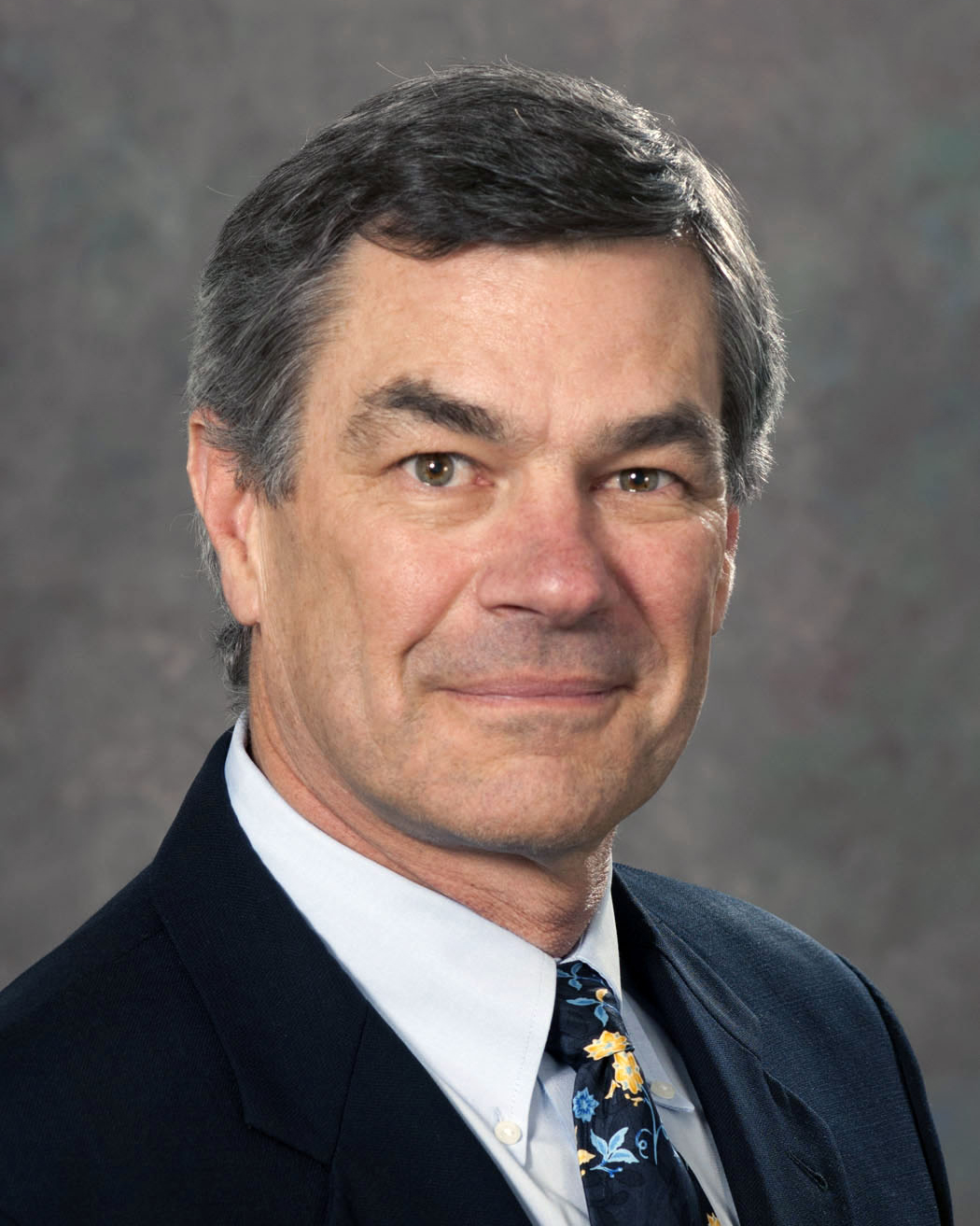by J. Anthony Seibert, PhD, ABR Governor
2020;13(5):1

We are continually striving to make The Beam more relevant and beneficial for you. Starting with this issue, the content you receive via email will be more focused on your discipline. We hope you enjoy this improvement. For your convenience, all articles will be included in the online version.
As the pandemic continues, the ABR is investing in a major effort to develop remote exam software under a very tight timeline, with delivery of exams beginning in 2021. There are significant challenges to making the exams fair, safe, and secure for all candidates. ABR Executive Director Brent Wagner discusses the complexity of this undertaking in terms of practicality, candidate experience, and a balance of security and validity so the process is credible and maintains the value of certification.
From the Board of Governors, John Kaufman, the new secretary-treasurer, talks about the value of volunteering for the ABR, given the rapidly changing landscape of professional certification and huge societal and population health challenges. Volunteers contribute greatly to fulfilling the mission of the ABR and make a positive difference for all diplomates and the public we serve.
The life cycle of an exam item is described by Reed Dunnick, associate executive director for diagnostic radiology. Development of an item – from initial conception through editing, modification, re-editing, selection, and exam scoring – is a rigorous process that ensures the quality and reliability of exams constructed from a bank of such items during test assembly. This process involves subject matter expert volunteers as well as ABR exam developers, editors, and psychometricians in a team effort to provide reliable and valid exam outcomes.
Jim Spies, associate executive director of interventional radiology/diagnostic radiology, continues the discussion of remote exam development and addresses the additional challenges of the oral exam. Pilot exams are planned prior to the full exam delivery dates, beginning early in 2021 for each of the disciplines. A small number of volunteer candidates will participate to evaluate the remote exam software, delivery, security, and candidate experience, with modifications as necessary before the exam administrations. The progress of remote exam development and updates are available via the ABR website and Twitter.
The discipline of medical physics is extremely fortunate to have Bob Pooley as the ABR trustee representing nuclear medical physics. Read about Bob’s background, his “trial by fire” at the beginning of his career, and the long-term contributions he has experienced with the ABR since that momentous occasion. We welcome him to the Board of Trustees, along with his beautiful family.
Andrea Ng, ABR trustee in radiation oncology (RO), and Paul Wallner, ABR associate executive director for RO, review the history of Maintenance of Certification (MOC) and the development of Online Longitudinal Assessment (OLA) for meeting the Part 3 requirements of MOC in lieu of the decennial high-stakes exam for RO diplomates. The OLA program is now underway, and with 6 months of experience, overwhelming acceptance by most diplomates has been reported.
Continuing the focus on OLA, Dr. Cecelia Jude provides insight into the advantages of OLA over the traditional 10-year exam, particularly in light of her dual certification in diagnostic radiology by the ABR and nuclear medicine by the American Board of Nuclear Medicine (ABNM). She explains the benefits and joys of participating in OLA beyond “52 questions,” and looks forward to having a similar experience with the ABNM as they move toward implementing an online evaluation tool.
The Volunteer Spotlight in this edition describes the contributions of Drs. Michael Nunes and Anuja Jhingran, RO volunteers who have mastered using Microsoft Teams for remote committee meetings, required due to travel and social restrictions caused by the pandemic. They both acknowledge challenges and success in getting item-writing tasks completed and are particularly indebted to the ABR staff for their preparation and organization. But they also miss the camaraderie and collaborative interaction of fellow committee members at in-person meetings and look forward to resuming face-to-face meetings. Indeed …
Finally, in a new segment, “New Perspectives,” the ABR is establishing improved communications with stakeholders – both candidates and diplomates – to provide a conduit of discussion and feedback regarding the processes of certification and continuous certification to the Board of Trustees, Board of Governors, and ABR staff. An Initial Certification Advisory Committee (IC-AC) has been established by each of the disciplines, which will be described in this and forthcoming issues of The Beam. First up is an article on the medical physics IC-AC, authored by the chair of the committee, Matt Podgorsak.
As always, we welcome your comments, feedback, suggestions, and contributions to future editions. Please address comments to the editorial staff at communications@theabr.org or call the office at (520) 790-2900.
Be safe and enjoy The Beam!
Tony


